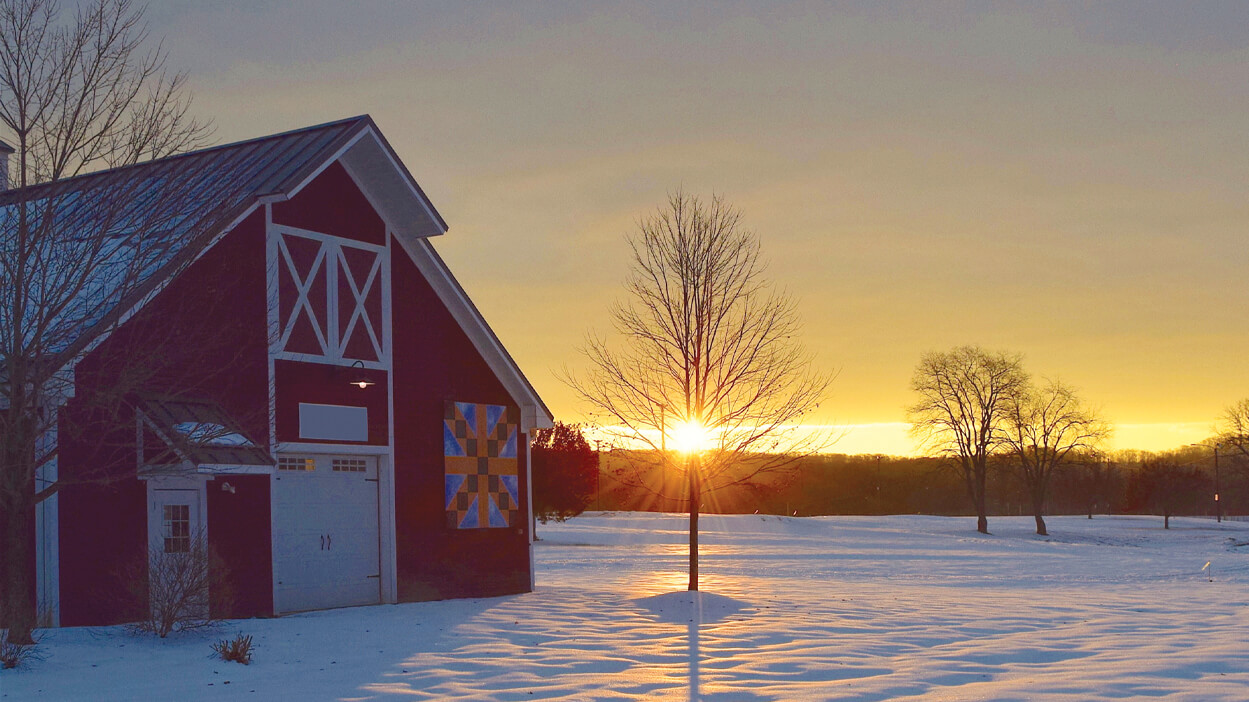Whether you are constructing a new barn or running an older building, before the winter winds blow you need to take steps to ensure there are no costly December deep-freeze disasters.
We will assume that you have a reliable winter water delivery system for the horses such as a hydrant or frost-free waterer that returns the water below the frost line (between 3-6 feet, depending on where you live) when it is deactivated. But most barns also have running water in them for needs other than the horses (i.e., bathroom, wash sink, wash stalls, etc.). These areas need to be either designed for withstanding the winter or be able to be shut down during the cold months. Installing a barn-safe heating source such as wall-mounted fan-forced heaters is a solution and safer than baseboard types. Never use portable heaters in a barn! They are an enormous fire risk.
Horses create heat. If a barn is full of horses, they will add their body warmth to keep waterlines for automatic waterers in the stalls from freezing. In very cold areas, electrically heated or thermal buckets can be used for drinking water. If the wash stall area is in a space that does not have horses in it, then additional heat is needed (either in-floor or electric). Placing the water lines and hose bibb (faucet) in a wall that is shared with a heated room helps as well. Part of winterizing is knowing the climate in your area and the impact it has. For example, when colder days are forecast, horses may need to be brought in sooner in order to keep that heat present in the barn.
For those seasonal waterlines that are not used in the winter, they must be drained and blown out with an air compressor. Typically these would include water lines to sand ring irrigation, paddocks, or seasonal buildings. Exterior hose bibbs also need to be shut down if not properly frost-free. Water lines, sinks traps, toilet bowls, etc. can then be filled with non-toxic RV antifreeze.
Bank barns are designed with the hay loft above; a full loft acts like insulation. So filling your barn loft with hay before the bad weather comes has an added advantage.
Seal up any doorways that are not used during winter, or that are too big and allow too much warmth to escape each time they are opened. There does need to be adequate ventilation in a winter barn, but sealing off any major cracks, especially near any plumbing, can help prevent freezing and wasteful heat loss. Leaky windows can benefit from plastic sheeting installed on the outside.
Snow removal and storage are two big concerns in the winter. Keep doorways clear and do not pile snow up or allow it to drift up against the building. If you let snow and ice built up outside your doorways, during melts all that water will find its way into the barn, especially pole frame structures. Piling snow against buildings can also cause quicker wear on your exterior.

